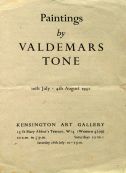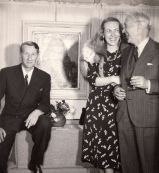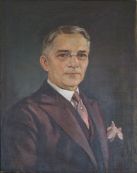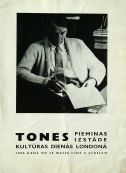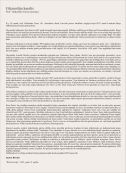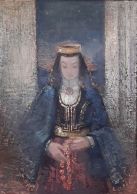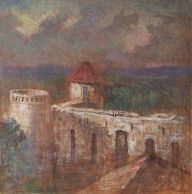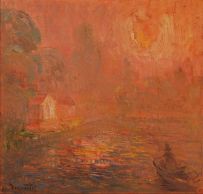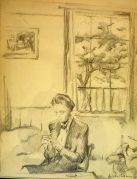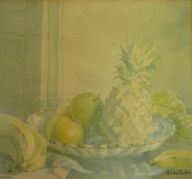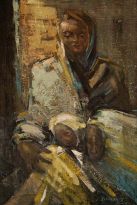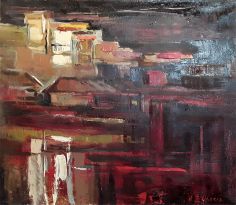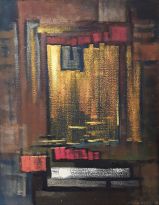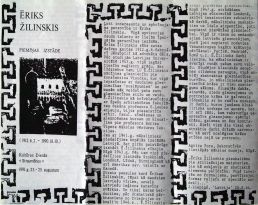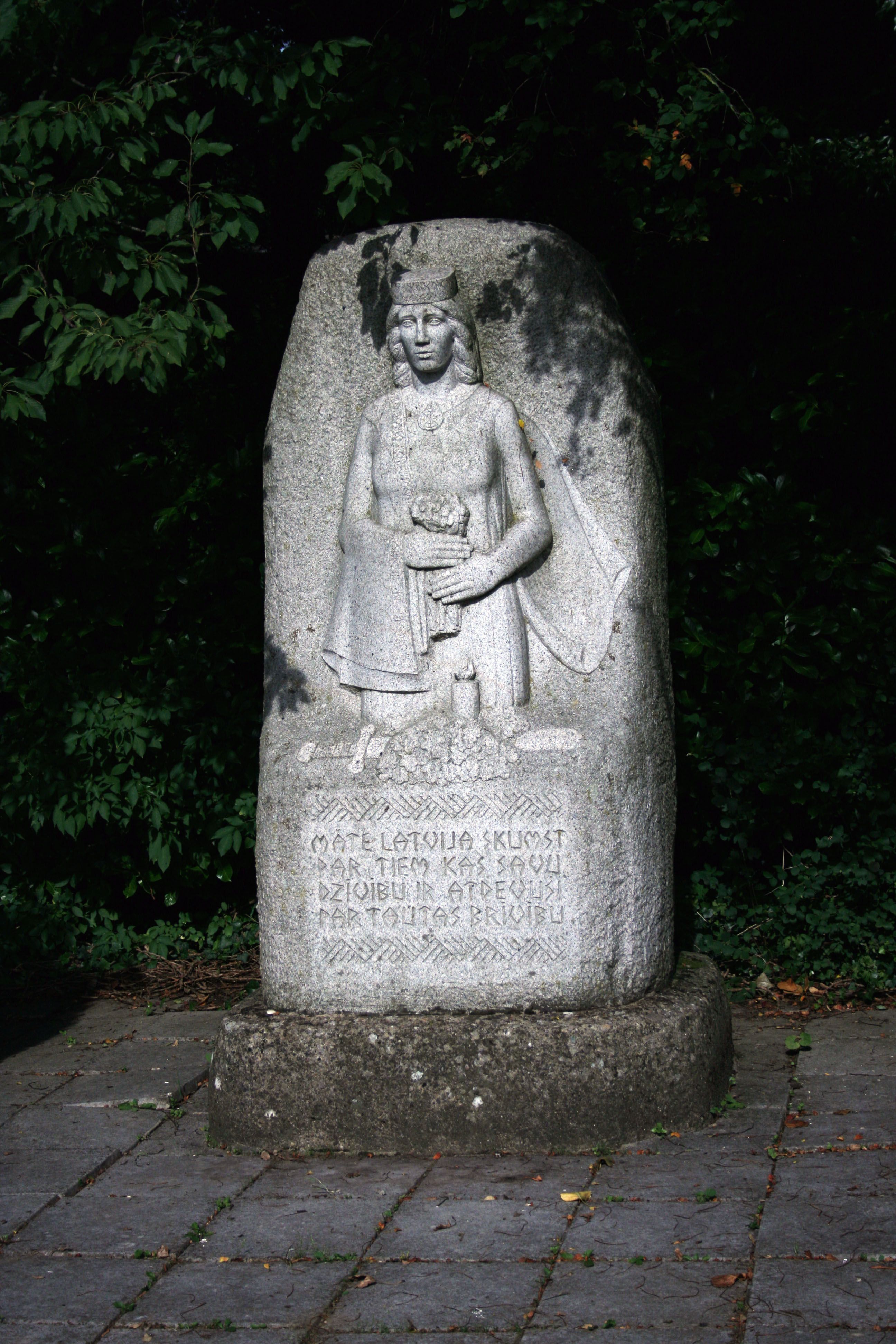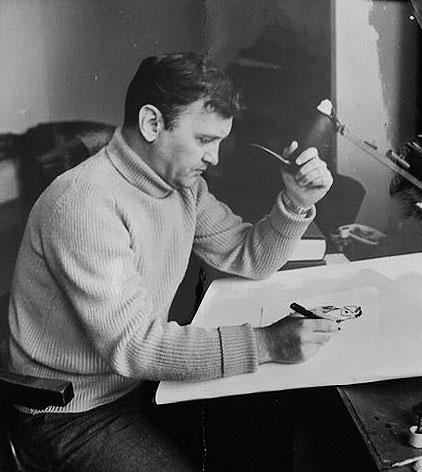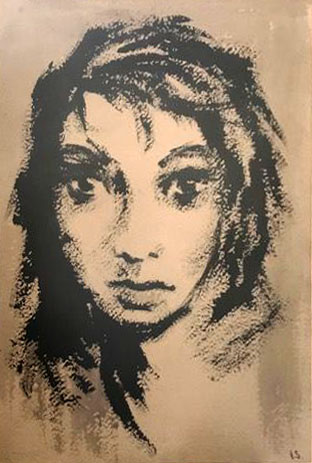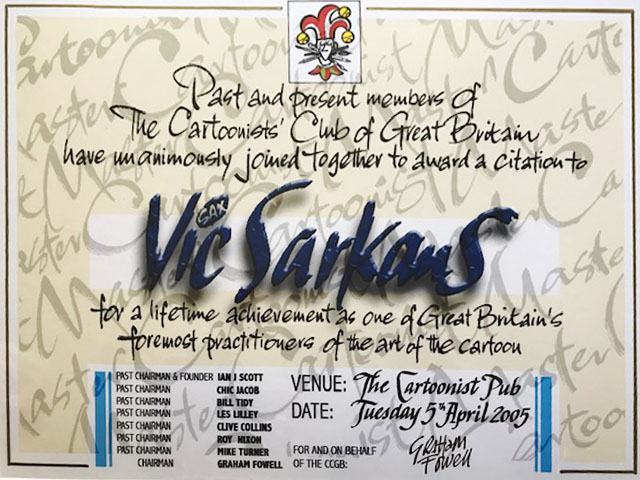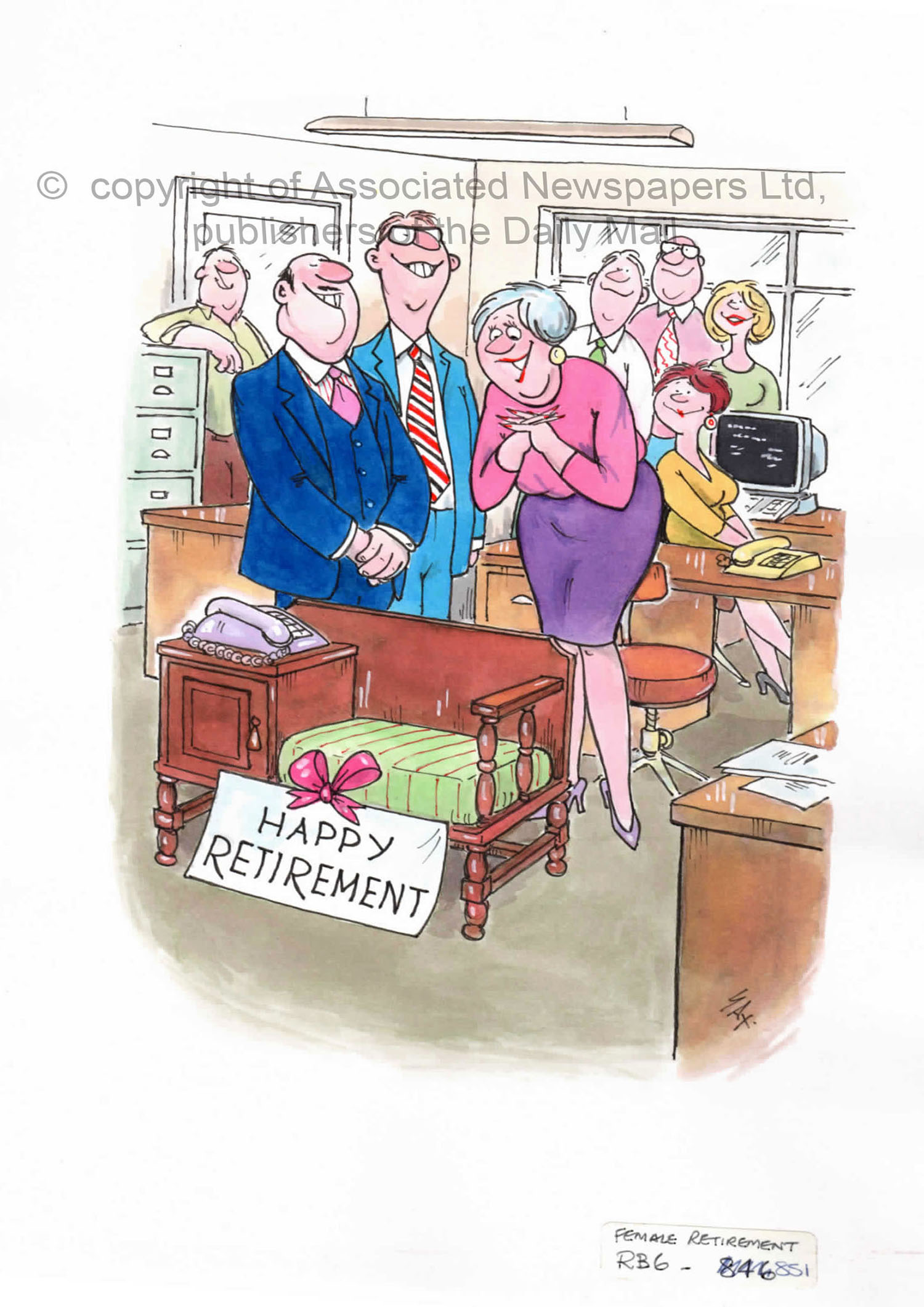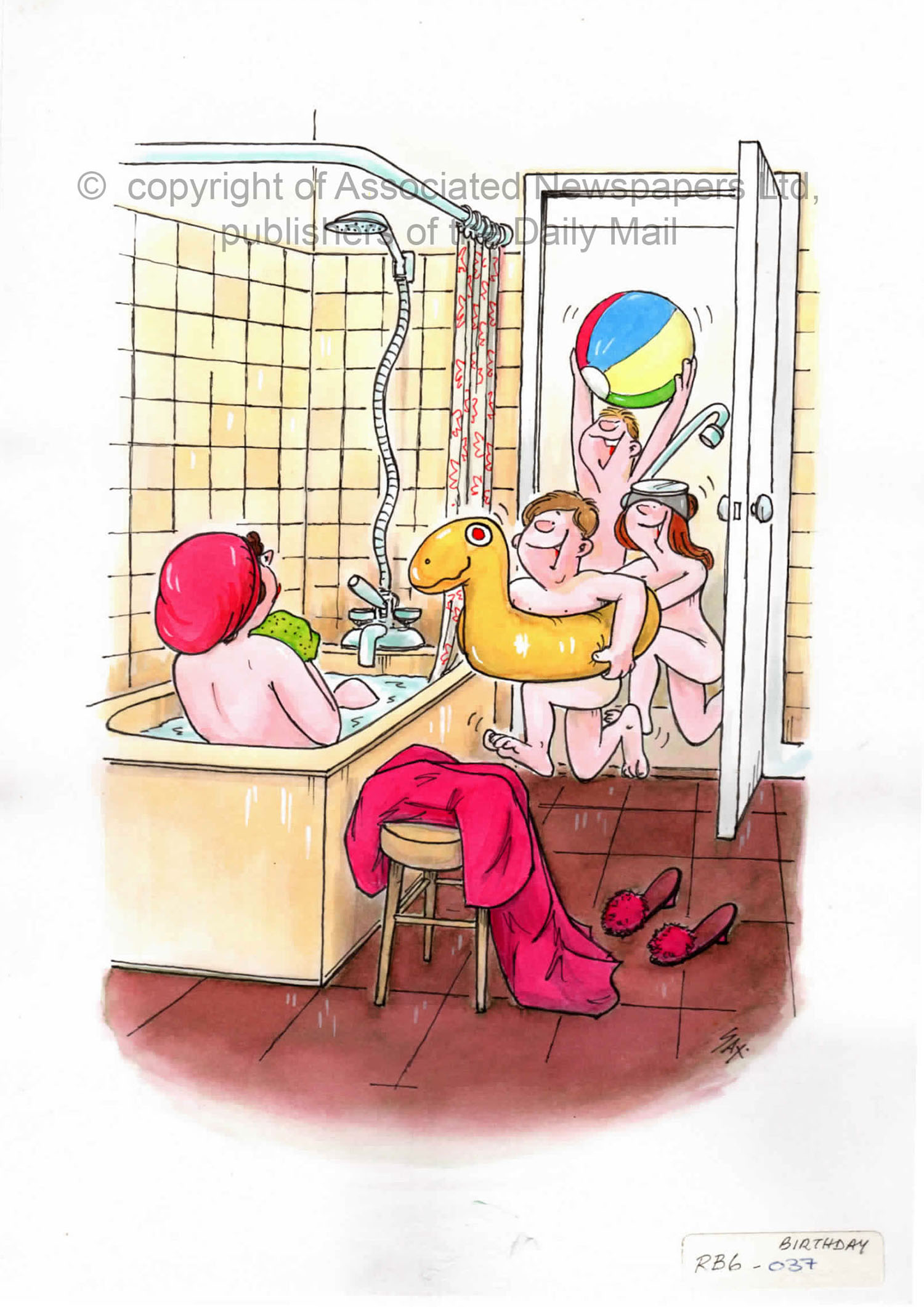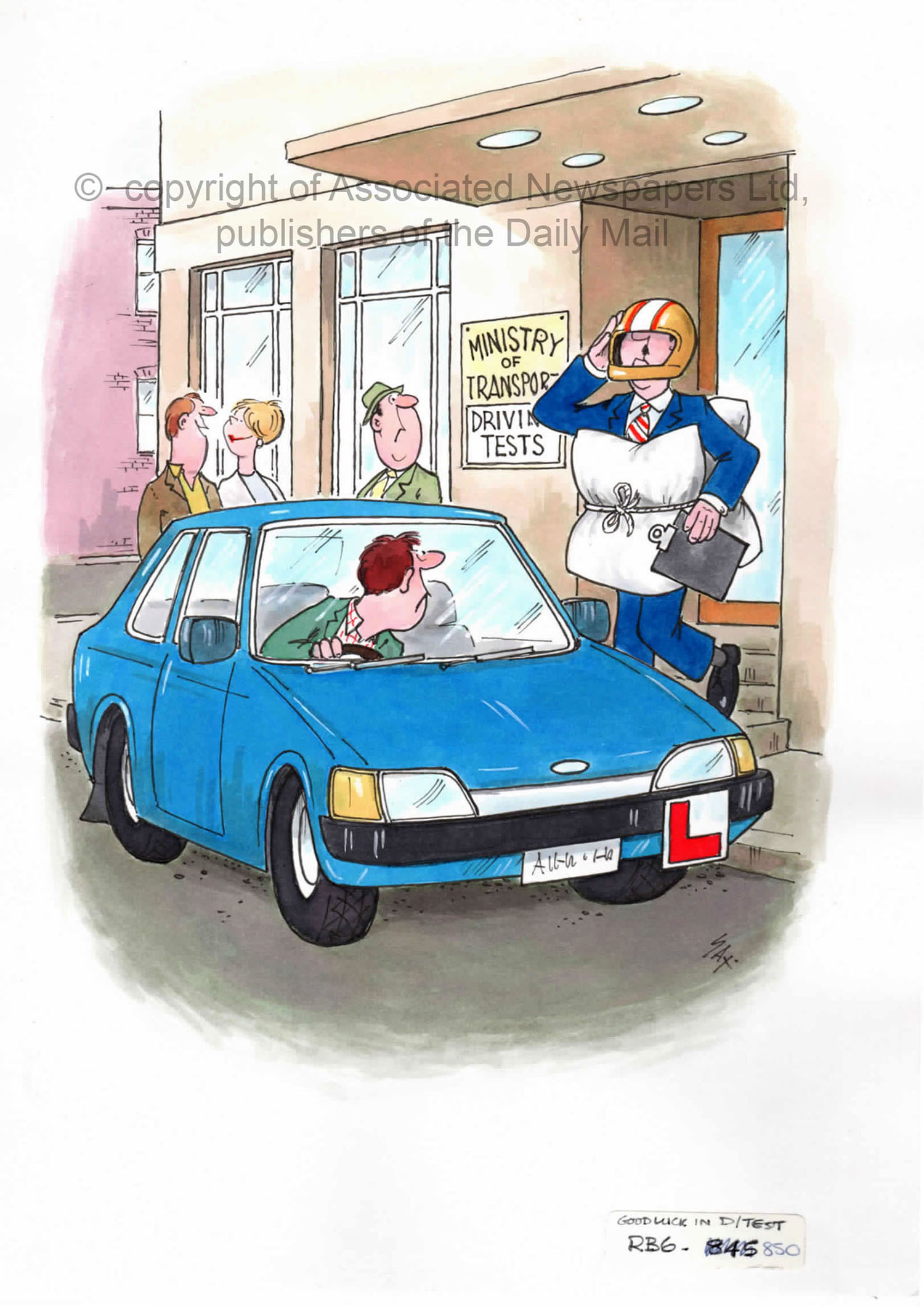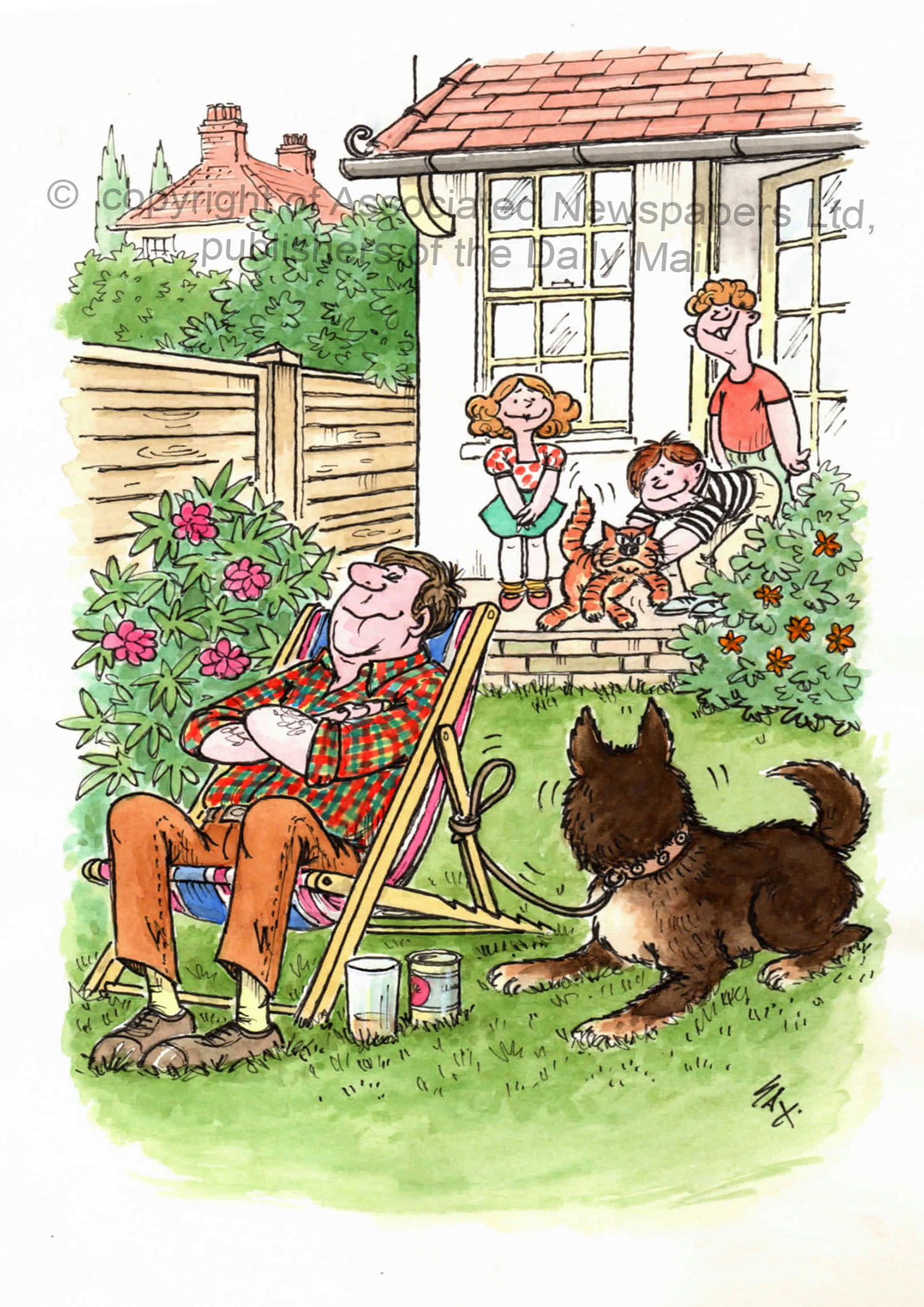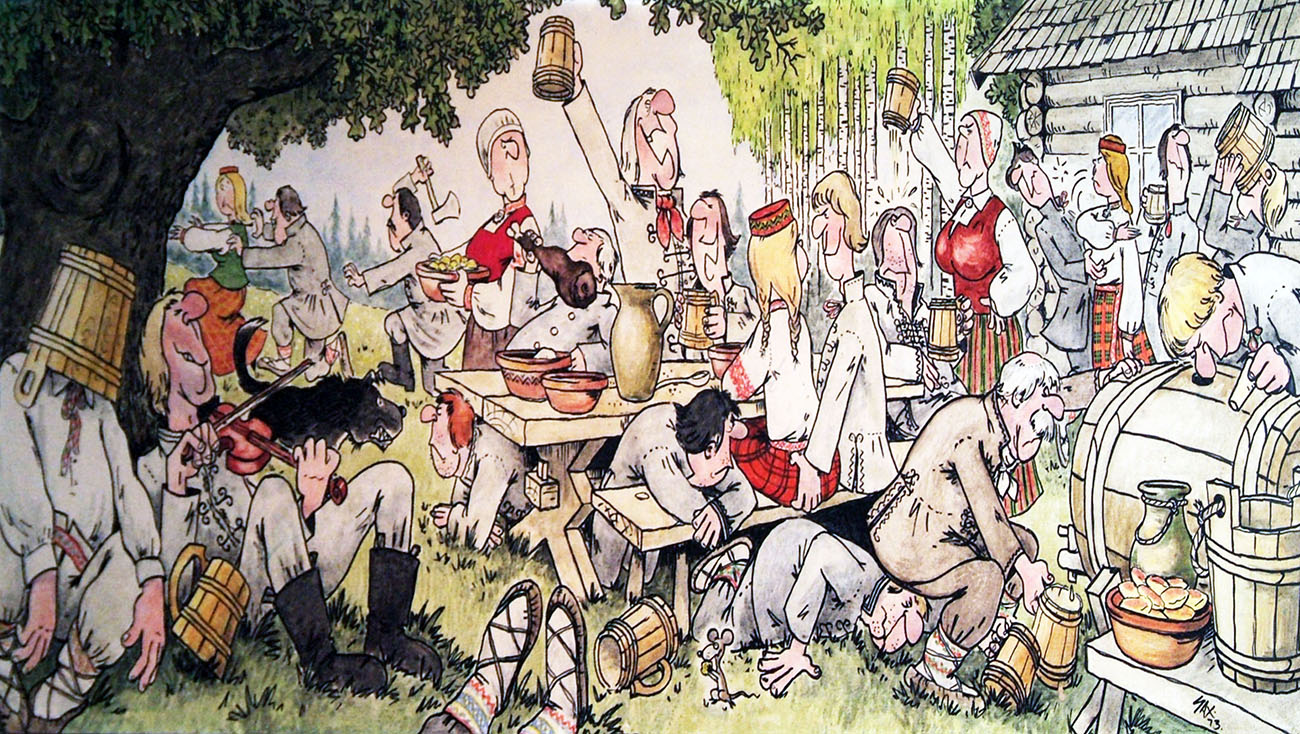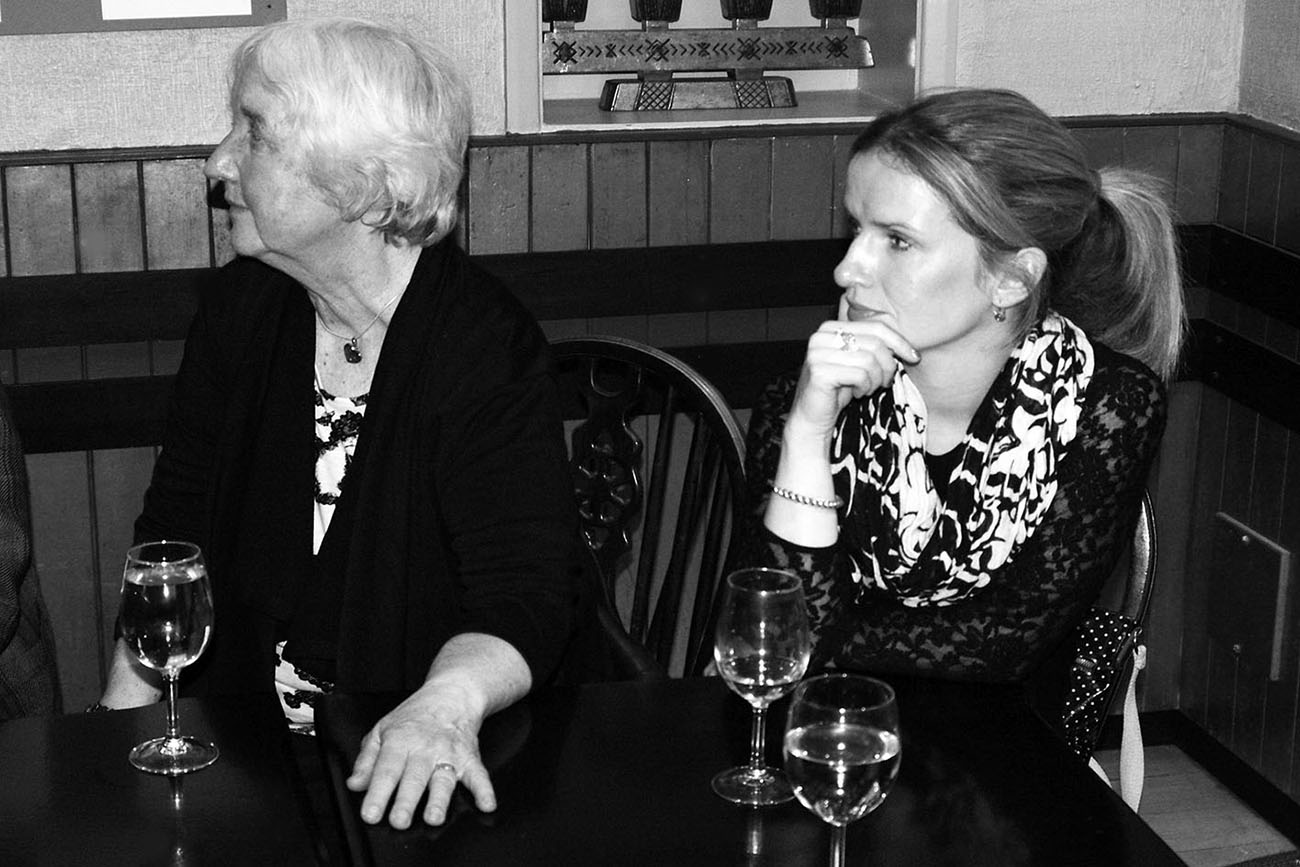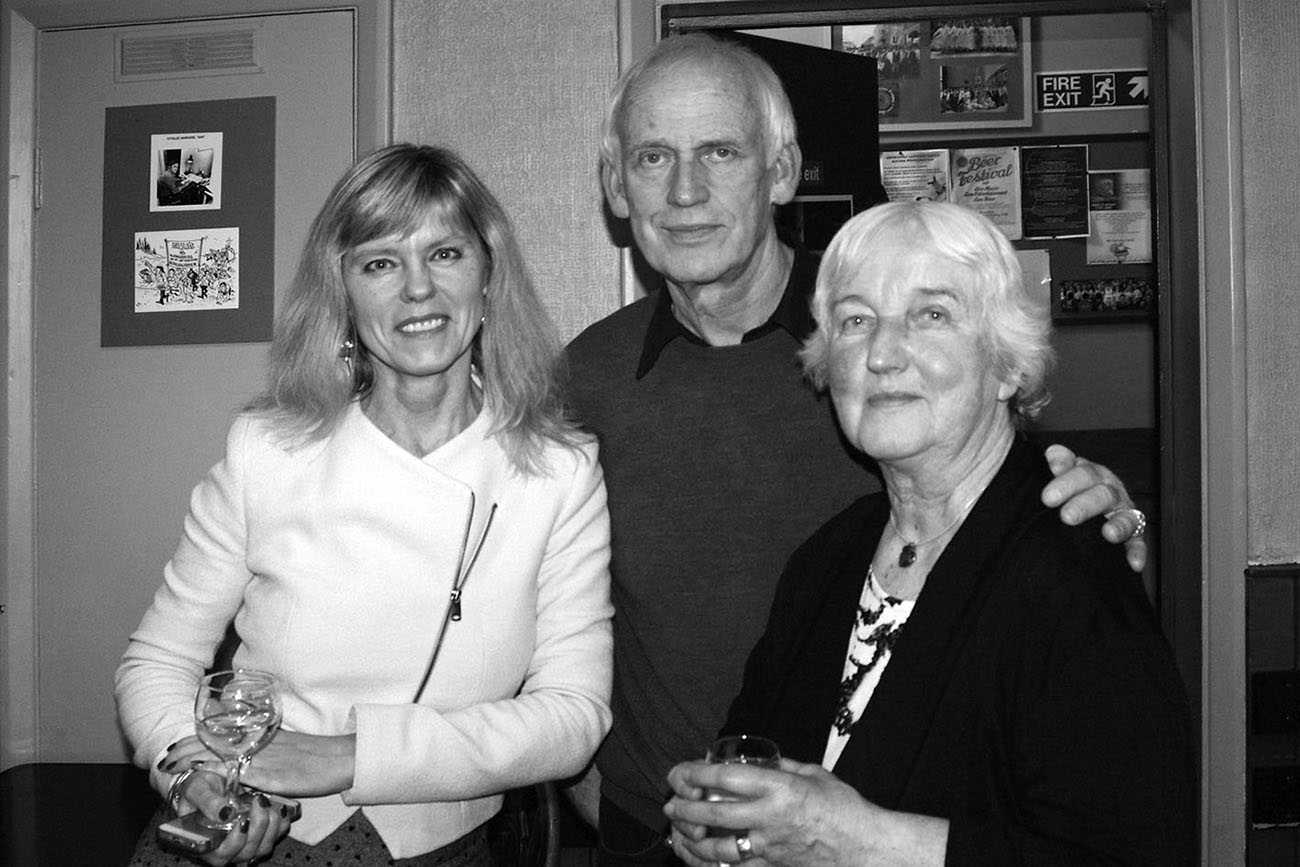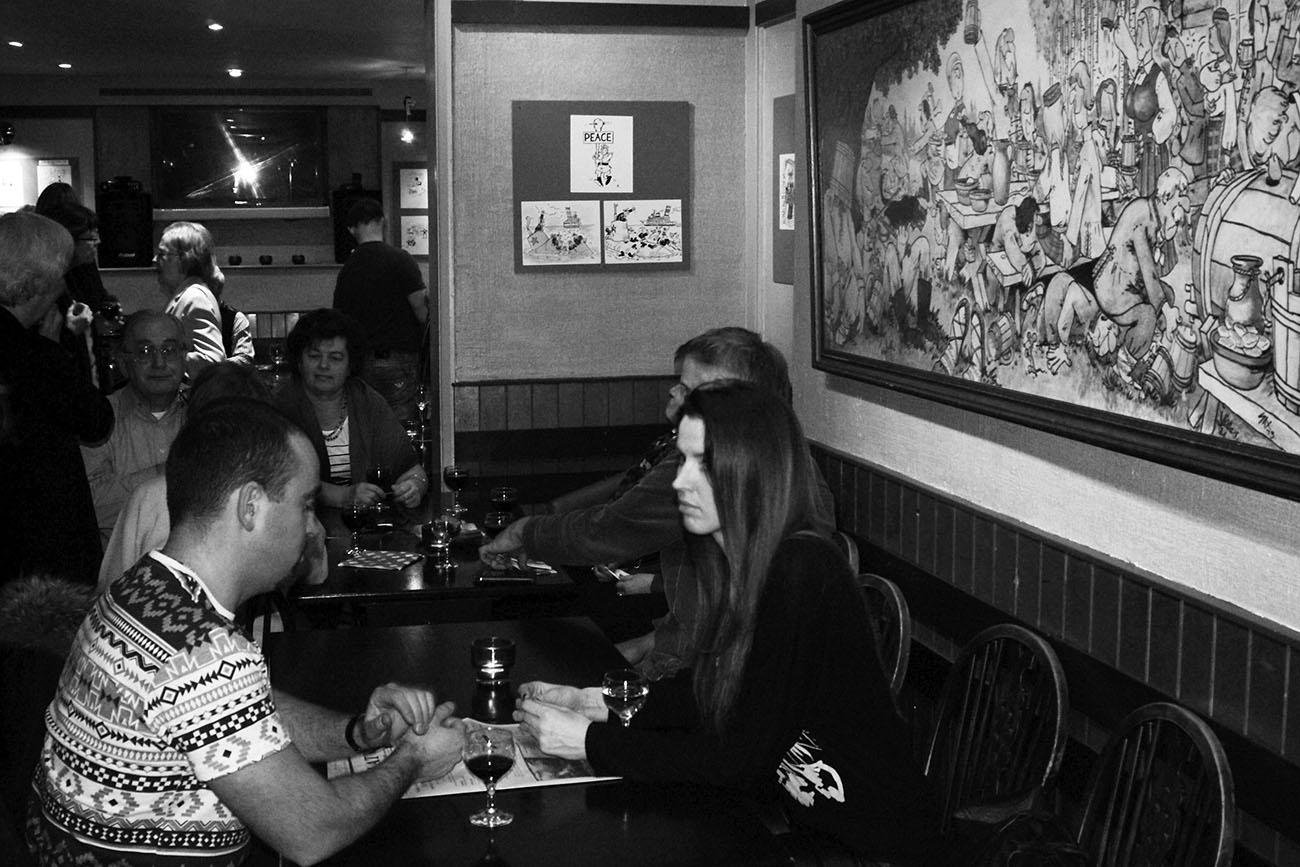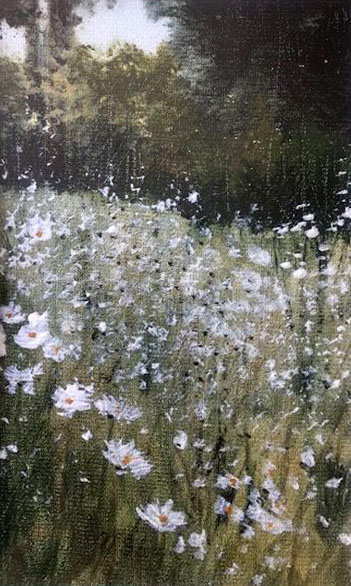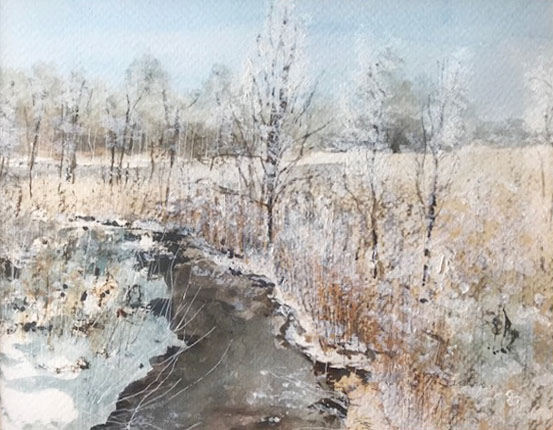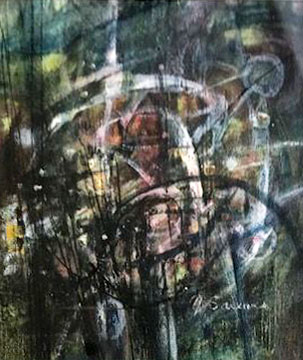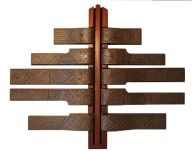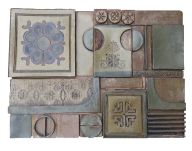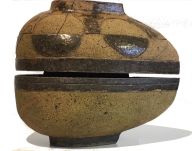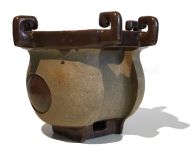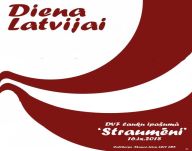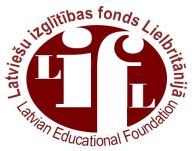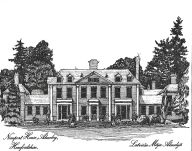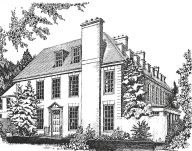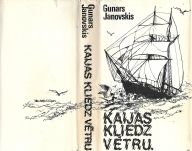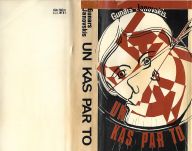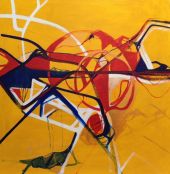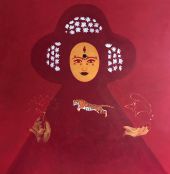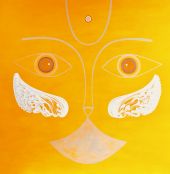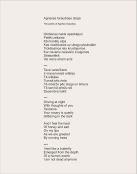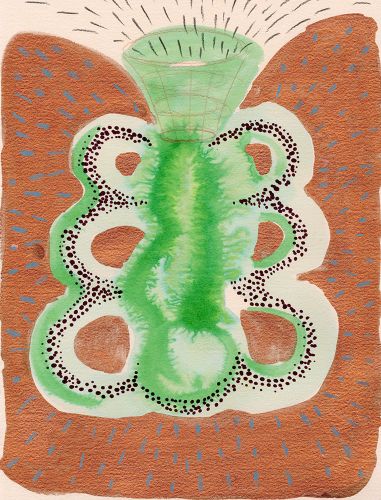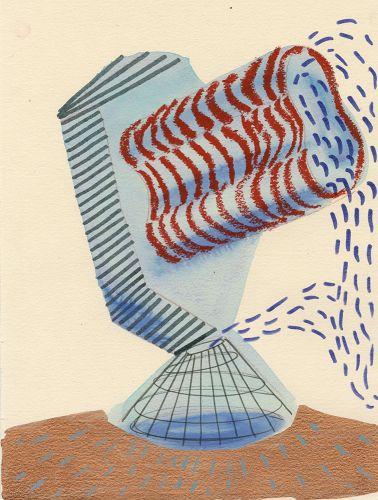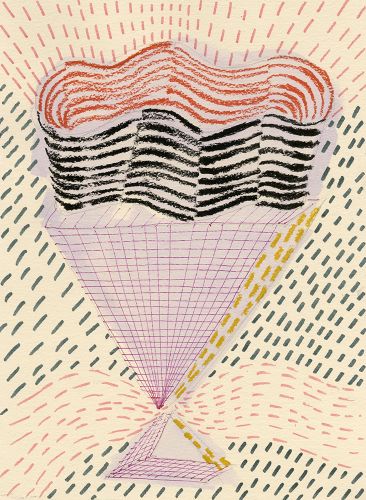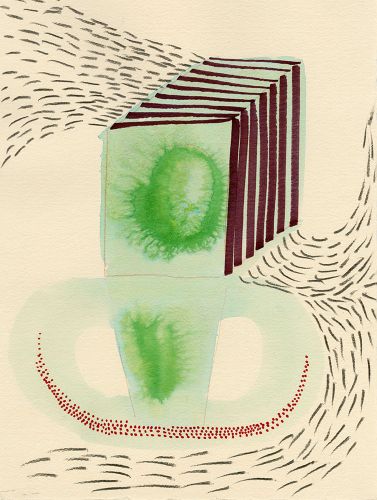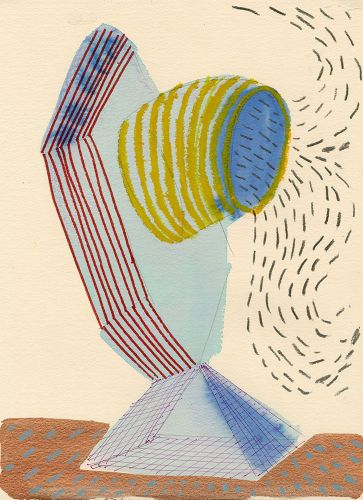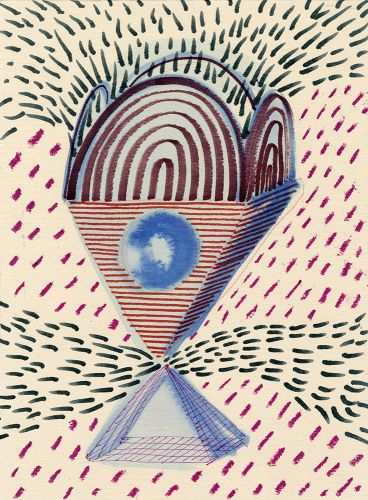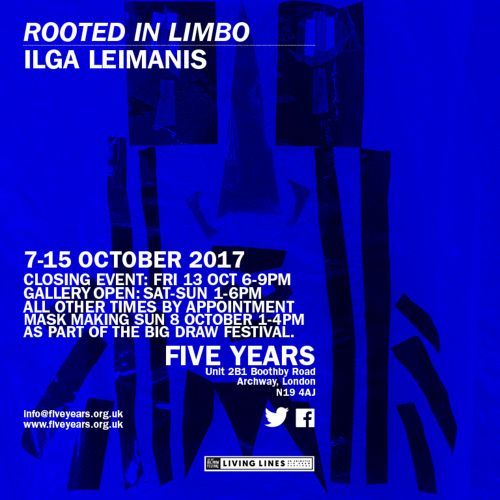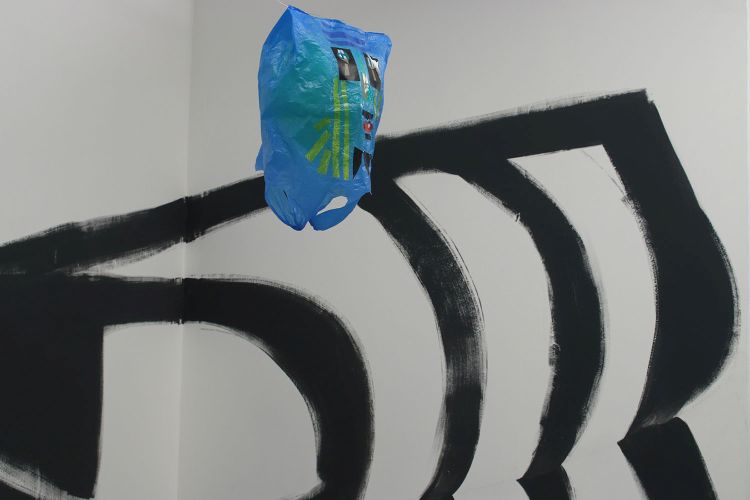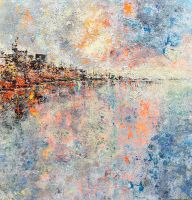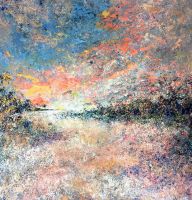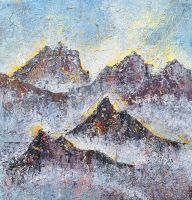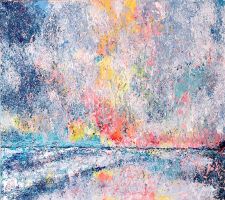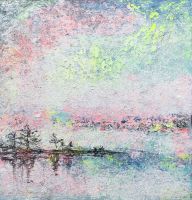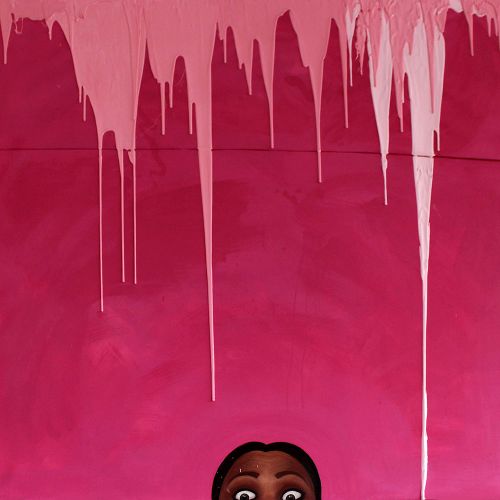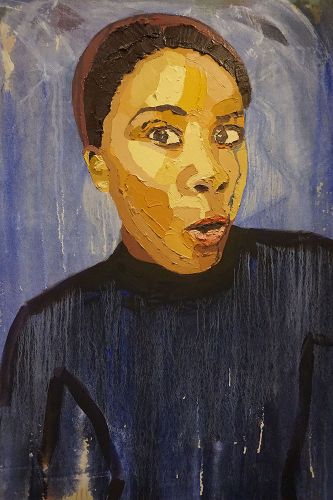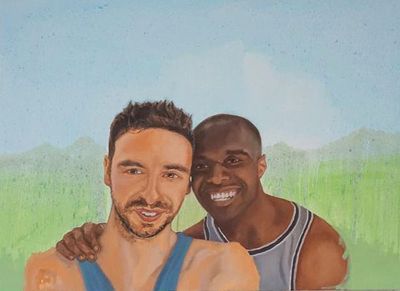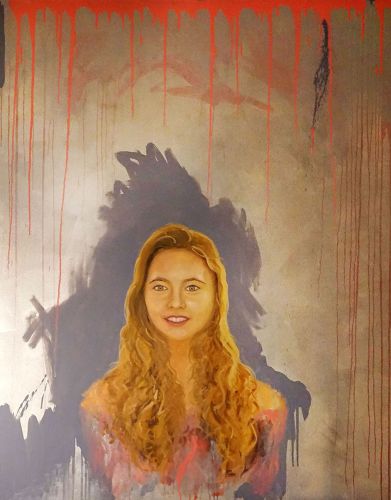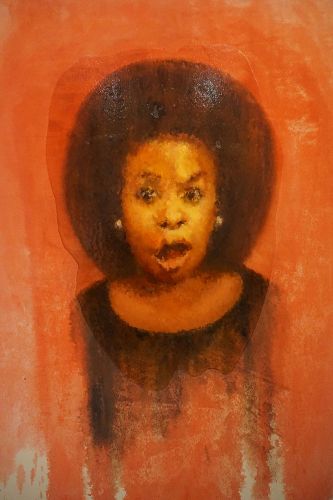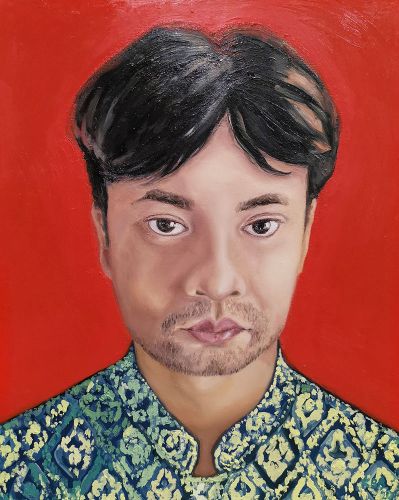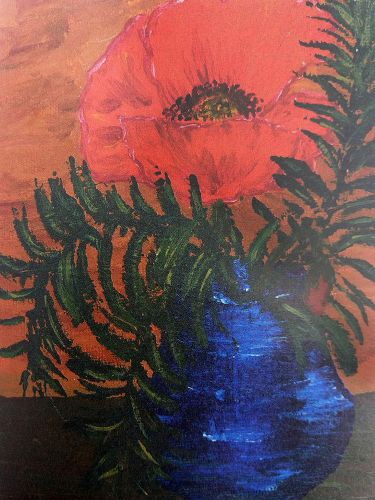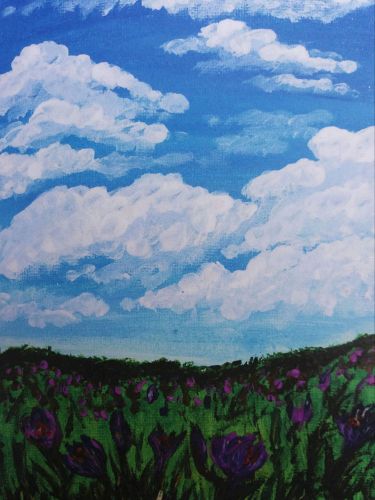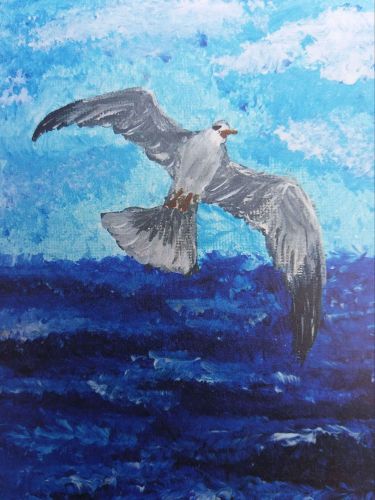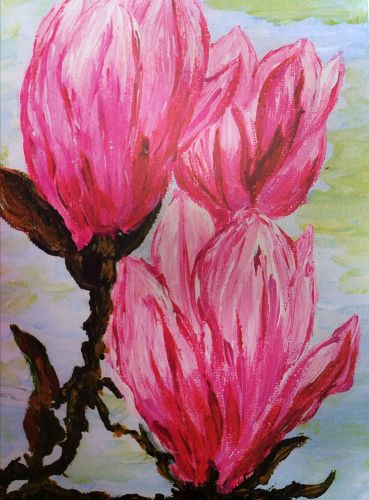After the Second World War, the United Kingdom drew up an action plan to import foreign workers, mainly from German DP (displaced persons) camps. "Balt Sygnet" in 1946 was the first campaign, followed by "Westward Ho" in 1947.
In an article in the 1970s entitled “The national art and the fate of the nation”, the artist and art historian Juris Soikans (1920-1995) wrote: “Under the humanitarian mask of helping refugees find new employment, the free world recruited muscle for their workforce. Only in this way could artists and other cultural and social workers open the means away from the camps. ”
Since 1947, many Latvian artists who had received their art education in pre-war Latvia moved to Great Britain. Among them were professor Valdemārs Tone (1892-1958), a professor at the Latvian Academy of Arts, and the graduates of the academy: painters Arnolds Mazītis (1913-2002), Alfons Michailovskis (1899-1966), Kārlis Grūbe (1902-1998) and graphic artist, calligrapher Arvīds Alexanders Sodums (b.1919). Rarely were any of the immigrants able to work in their profession, because the strict rules of a two-year employment contract, staying in a certain place without changing it, restricted freedom of action.
Valdemārs Tone (1892‒1958), professor, painter
Arnolds Mazītis (1913‒2002), gleznotājs
Alfons Michailovskis (1899‒1966), gleznotājs, porcelāna apgleznotājs
Ēriks Rudolfs Žilinskis (1912-1990), gleznotājs
1949 can be considered as a time of significant change in Latvian society. Fundraising for the purchase of the DVF House in London began, the first mother-tongue schools were established, and the first Latvian Song Festival took place in England. This year, a group of Latvian artists and craftsmen founded the Latvian Arts and Crafts Society, which brought together people working in different fields of art: painting, graphics, ceramics, sculpture and textile art. The participants had skills acquired in Latvian art schools, private studies, and later in English art colleges, but also had knowledge acquired through self-study. However, for a number of reasons some artists did not participate in the Society’s exhibitions.
After imigrating, the painter Kārlis Grūbe started working at Drayton Parslow Hostel as an interpreter. He was engaged in painting only in his free time.
A. A. Sodums worked on a mushroom farm and grazed sheep within the framework of his employment contract concluded in 1947, but on the weekends he drew a lot and regularly sent illustrative material to the newspaper "Tēvzeme". From 1949 to 1952 he worked in different departments of the “Fine Arts Porcelain” workshop in London.
Potter and sculptor Zigfrīds Sapietis (1924-2014) moved from Denmark to Edinburgh, Scotland, in 1952. He worked mainly in a Scottish and English environment, but always supported Latvian ideas. In the mid-1960s, he created an altar cross, a pulpit and a baptismal font, which were placed in the church of Rowfanta Manor, then owned by Latvians.
Vitālijs Sarkans (SAX) 1925 – 2014, graphic artist, cartoonist
SAX is one of the few Latvian cartoonists who has gained the attention of world art critics. Arriving in England in 1947. After several years of studying art, SAX decided to concentrate his creative work on drawing cartoons. From 1957 he began publishing in different English newspapers and magazines, finally achieving success in the “Daily Mirror”, “Titbits”, “The Daily Express” and also “La Settimana Enigmistica” in Italy. all of which regularly published his cartoons.
The artist created many cartoons related to Latvian community events in exile. A special series of his cartoons was dedicated to the Baltic Peace and Freedom Cruise in 1985. These cartoons were used in a number of informative publications, postcards, stamps and periodicals.
The 1960s marked a new perspective in the art of exile in many Western countries. It was a time when many Latvian young people studied art at local colleges and institutes and looked extensively at new trends in art. They did not really understand the attachment of the older generation to the Latvian ethnographic material, the ornament used in their applied art works and sentimental depictions of the homeland in painting. There was a difference of opinion between the generations, and Britain was no exception.
Painter and graphic artist Laimonis Mieriņš (1929-2011), as well as graphic artist Māra Sarkans (wife of Vitalijs Sarkans), who came from Australia, were active during the mentioned period. Her expressive drawings and abstract compositions were bold and convincing. Architect Krišs Ligers showed new interpretations of ceramics. His works can be characterized by clarity of form, simplified arrangement of planes, reminiscent of architectural objects. K. Ligers uses ornaments familiar to Latvians in larger-format stone mass works, which in total form a well-thought-out story about eternal values. Andrejs Rītiņš, who works in various fields of art, should also be mentioned here.
Andrejs Rītiņš. Che Gevara. 2014, mixed media
Andrejs Rītiņš. Stonehege. 2020, mixed media
Andrejs Rītiņš. Robin Hood Rocks. 2020, mixed media
After 1991
After 1991, but especially since 2004, when Latvia became a member of the European Union, many young people went to study at foreign universities, including Great Britain. Those who wanted to study had different aims and plans. Some of them wanted to get a basic degree in the profession, some wanted to continue their education, because the basics had already been acquired at a Latvian university. It must be admitted that it is quite difficult to get a sufficient idea of this period, because the students tend to gather in small groups of friends or like-minded people, as is also practiced in social networks. It is not possible to form a unified picture of of the daily life, activities and problems of students of the creative professions.
A brief insight into the work of young Latvian artists in Britain
Potter and designer Agnese Graudiņa was born in Latvia and lives in London. In 2015, she graduated from Central Saint Martins, University of the Arts, London. She has participated in exhibitions since that time.
Artist, art educator and consultant Ilga Leimanis, born in Canada, has been living in London since 2007. She works in a variety of fields: painting, graphics, sculpture, ceramics, textile art, fashion, digital art, photography, performance and others. She has participated in exhibitions since 1999 in Canada, Italy, Latvia, Lithuania and elsewhere.
Painter Vita James (Jansone) was born in Latvia and lives in London. In 2012, she graduated from Middlesex University with a BA in Fine Art. She has participated in exhibitions in the United Kingdom since 2012.
Painter Klāvs Brinkmanis-Brimanis was born in Latvia and has been living in London since 2011. After graduating from the Riga Secondary School of Design and Art in 2010, he entered the University of Essex (Colchester), where he obtained a BA degree in fine art. He is currently pursuing a Master's degree at the University of Roehampton, London. In 2017 he had a solo exhibition at the DVF “Balzāmbārs” in London.
Many people find both comfort and enthusiasm when working with colors. They express their feelings in a very different way from those taught in art schools and it doesn't matter at what age they start to be interested and passionate about these activities.
One such person is Laimdota Rasupe-Felzenberg, who was born in Latvia, but has been living in London since 2011. Vineta Baikova introduced her to the world of color and painting. She articipated in two exhibitions of amateur artists in London in 2018 and 2019. Laimdota Rasupe-Felzenberg was chosen by Magone Liedeskalns to illustrate her book “Poppy Whispers. Poetry” (Latgales Kultūras centra izdevniecība [Latgale Cultural Centre Publishing House], 2020)

